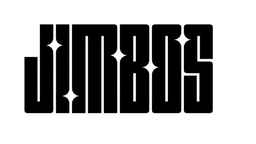How to Use Picture Perfect Polish for Best Results
Whether you’re new to polishing or just switching from another product, this guide will help you get pro-level results from Picture Perfect Polish. With the right setup, it delivers fast correction, low dust, and a beautiful finish in one step.
What You’ll Need
- Picture Perfect Polish
- Dual-action or rotary polisher
- Pad of choice (see below)
- Clean microfiber towels
- Panel prep or IPA for post-polish wipe down
Pad Recommendations
- Heavy Cut Foam Pad: For moderate to heavy defects (especially on hard paint)
- Medium Cut Pad: Ideal for one-step correction with solid finish
- Finishing Pad: For softer paints or refining after heavy pad pass
Pro tip: Picture Perfect Polish is very pad-responsive. You can “tune” your cut and finish just by changing the pad.
Machine Settings
- Dual Action: Speed 4–5, moderate pressure, slow arm speed
- Rotary: 900–1200 RPM, light to moderate pressure, crosshatch pattern
Step-by-Step Instructions
- Apply 3–4 pea-sized drops to your polishing pad
- Spread the polish on a 2x2 ft. section before turning on the machine
- Make slow, overlapping passes using a crosshatch pattern
- Work the product until it becomes clear—no need to “buff it dry”
- Wipe off residue immediately with a soft microfiber towel
- Inspect. If needed, repeat with a softer pad for additional gloss
What to Expect
- Little to no dusting—even in warm shops or direct sun
- Impressive cut and clarity—especially when dialed in for your paint type
- Flexible performance across different pad/machine combos
When to Use It
Picture Perfect Polish is ideal for:
- One-step corrections
- Pre-coating prep
- Daily drivers or light correction services
Final Thoughts
This polish is simple to use—but powerful when used right. Take your time dialing in the pad and machine combo, and you'll be shocked at how much correction and clarity you can get in a single pass.
Try Picture Perfect Polish Today



